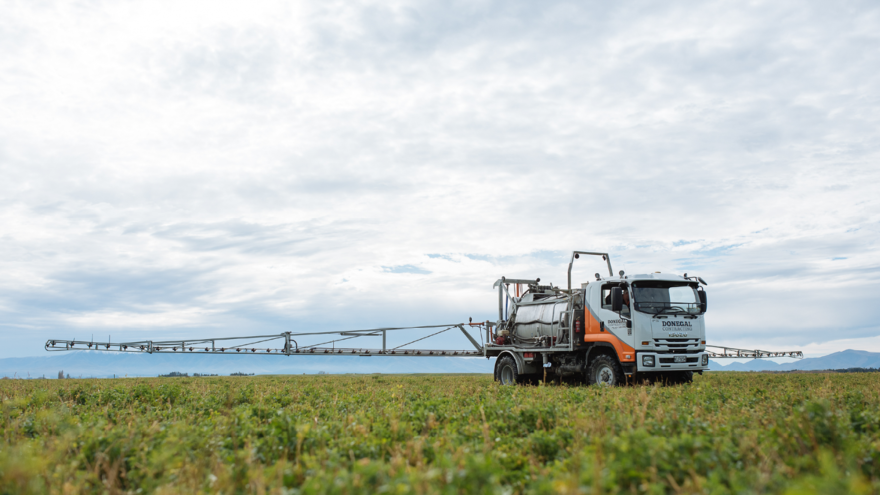
Getting the spray-out right
When planning to plant a new crop or re-grass, at least one spray-out of the old crop or pasture should be undertaken. This means spraying the paddock to kill all remaining foliage of the old crop and weeds to allow the establishment of the new crop without having to compete with large established weeds already in-situ.
Spraying out the old crop with a well-timed glyphosate-based product, for example Roundup, can help reduce the number of cultivation passes and better prepare the paddock for direct drilling or minimal tillage. It also eliminates grass or crop regrowth and reduces turf clods on the seedbed surface, enhancing both the performance of residual chemicals used for weed control and seed-to-soil contact for the new crop or pasture. Lastly, removing residue from the previous crop or pasture reduces the risk of damage from some pests that continue to feed in the thatch and green matter of the old crop until a new seedling emerges.
Regardless of the brand of glyphosate used, all are designed to kill grass weeds and struggle to effectively and quickly kill many broadleaf weed species, increasing the time to turn the paddock around into a new crop or pasture.
To overcome this issue, other herbicides can be added to the glyphosate at spray-out to aid the speed of “brown down” or help kill a number of broadleaf weeds not normally well controlled by the glyphosate. This is called a spike or companion herbicide. Careful consideration should be given as to product choice because they all have their strengths and weaknesses across the weed spectrum. Weeds should always be identified to help select the most suitable product to be used as a spike.
The other important factor to remember is that whilst glyphosate on its own does not have any residual effects on the following crops, some of the spike herbicides do (up to two years with some products and some susceptible crops). Care must be taken when choosing the appropriate broadleaf spike so that following crop or pasture is not affected.
The addition of a broadleaf weed spike may reduce the effectiveness of the glyphosate on some other weeds.
Always take a paddock walk and make a pre-spray assessment of the weed species present to help you decide which product to use as a spike.
There are many different strength glyphosates and so the appropriate rate for the weed must be selected as per label. To increase efficacy for more difficult weeds, then the premium brands are far more reliable as their surfactant system is superior. The addition of the correct adjuvant to reduce drift and/or penetration through the canopy or leaf cuticle also helps efficacy.
To get the desired effect from spray-out without affecting the following crop, seek advice from your local PGG Wrightson Technical Field Representative (TFR) who can help with weed identification and product choice, rate and timing. Contact your local TFR or PGG Wrightson store today.



